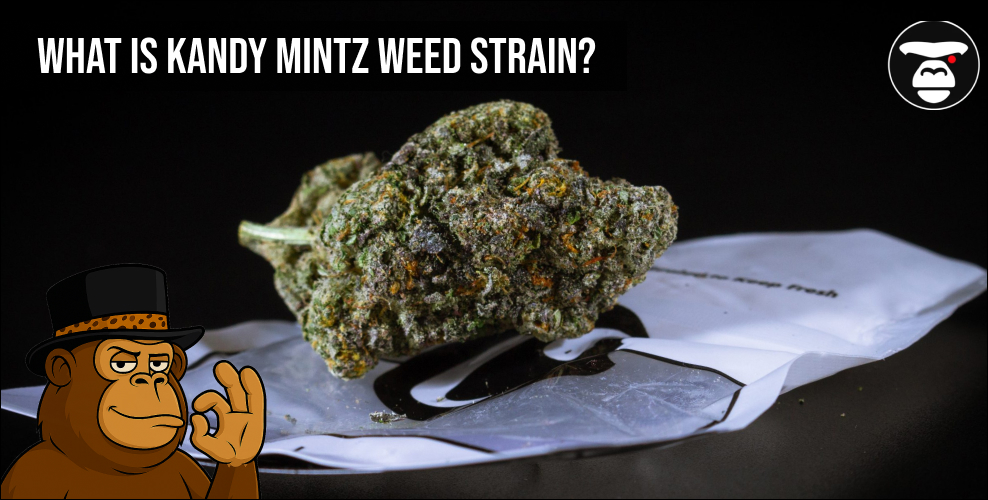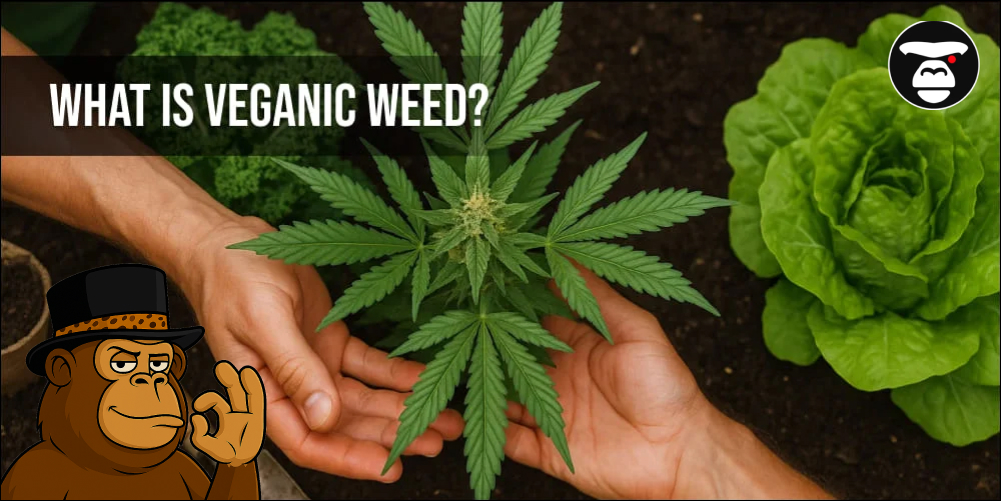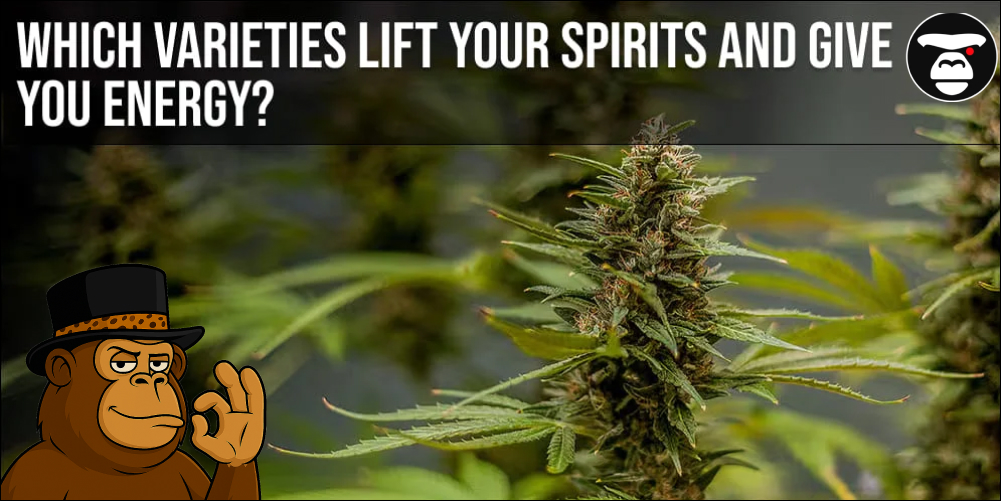Why one strain can work differently in two people?

One of the main reasons why one strain can work differently in two people is genetics. Every human body is unique — some people have a high sensitivity to cannabinoids, while others react more mildly. This is largely due to the individual activity of CB1 and CB2 receptors in the endocannabinoid system, which process THC, CBD, and other compounds.
Liver enzymes also play a critical role. In some people, THC breaks down more quickly, while others metabolize it slowly. This can greatly affect how strong and long-lasting the effects are. Metabolism speed in general — whether fast or slow — is another key factor.
Hormonal balance and nervous system conditions further influence the outcome. Elevated cortisol levels (a stress hormone) can either suppress or intensify the psychoactive impact of cannabis, depending on the individual.
Key points:
- Sensitivity of CB receptors varies from person to person.
- THC breakdown speed depends on liver enzyme activity.
- Hormonal and neurological factors change how cannabis feels.

Tolerance and Experience: Why Usage History Matters
Another reason why one strain can work differently in two people lies in their cannabis experience. Regular users develop tolerance, meaning they need more cannabinoids to feel the same high. A novice may feel the full effect from one puff, while a seasoned user may barely notice it.
Tolerance doesn’t apply only to THC — CBD and other cannabinoids are also involved. Though genetics play a role, tolerance is primarily shaped by frequency, dose, and length of use. That’s why the same strain can hit one person hard and leave another unaffected.
Consumption method also matters. Smoking delivers effects quickly, but they fade faster. Edibles, on the other hand, create stronger and longer-lasting highs — often too much for someone unprepared.
Key points:
- Frequent use lowers cannabinoid sensitivity.
- The same strain can feel weak or strong depending on experience.
- Method of consumption changes onset and duration of effects.
Endocannabinoid System: The Invisible Factor Inside Us
The endocannabinoid system (ECS) regulates mood, sleep, appetite, pain, and more. Each individual has a different ECS activity level, which explains why one strain can work differently in two people — the same amount of THC may feel wildly different depending on internal chemistry.
Some people are more reactive to small doses and may experience anxiety quickly. Others remain calm and relaxed even with large amounts of THC. This difference stems from how cannabinoids bind with CB1 and CB2 receptors — and how many receptors each person has.
CBD also interacts with the ECS but doesn’t act the same as THC. In fact, it can block or dampen THC’s effects. That’s why one person might feel mellow from a CBD-rich strain, while another feels little to nothing.
Key points:
- ECS activity levels differ between individuals.
- Receptor sensitivity affects cannabis effects.
- THC and CBD act differently depending on ECS response.
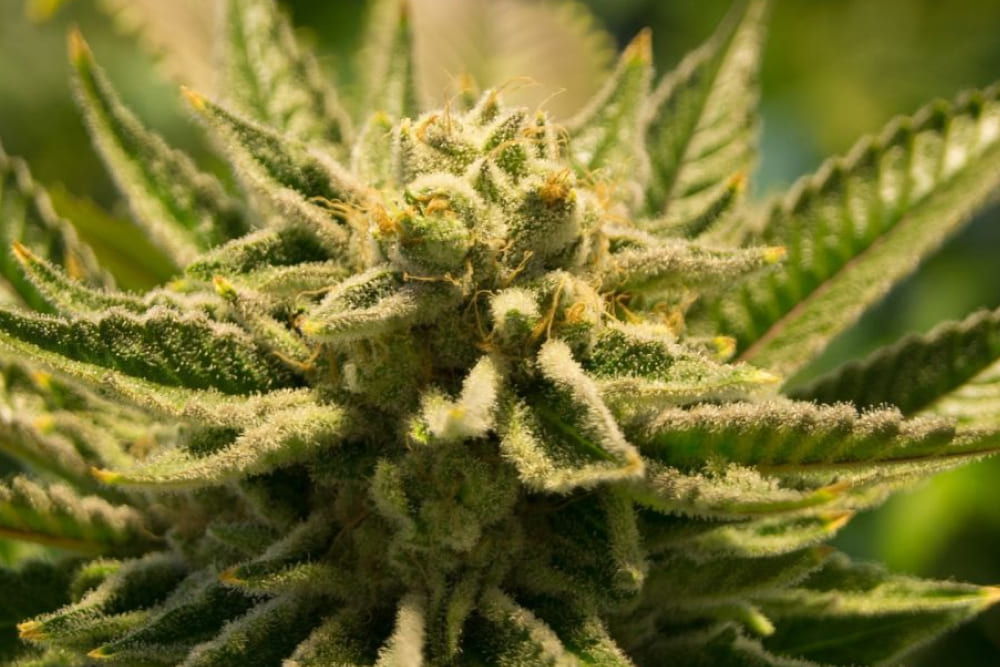
Mindset and Mood: The Psychological Lens of Cannabis
The psychological state at the time of use heavily affects the experience. One big reason why one strain can work differently in two people is their emotional baseline. The same strain can either trigger calmness or anxiety depending on mood and surroundings.
This is known as “set and setting” — your internal state and external environment. A person under stress or emotional fatigue may react negatively, even to a mild strain. On the flip side, someone in a calm, relaxed place may feel only the positive effects.
Expectations also matter. If someone expects to relax, the mind may “lean into” that sensation. This is a placebo-like effect, common with psychoactive substances. The brain amplifies what it believes will happen.
Key points:
- Mood and environment shape the cannabis experience.
- Stress or anxiety can intensify negative reactions.
- Expectations influence perception and outcomes.
Chemical Profile: Beyond THC and CBD
Many people focus solely on THC levels, but the true answer to why one strain can work differently in two people lies in the full chemical profile. Two strains with equal THC levels can feel very different depending on their terpenes and minor cannabinoids.
Terpenes are aromatic compounds that influence mood and body sensations. Linalool may calm, while limonene can energize. That’s why the same strain can feel relaxing to one person and stimulating to another, depending on their terpene response.
Additional cannabinoids like CBG, CBC, and THCV also play a role. These secondary compounds interact uniquely with each person’s biology, often changing the dominant effect of the strain.
Key points:
- Total cannabinoid and terpene content defines the effect.
- Terpenes like linalool and limonene affect mood direction.
- Minor cannabinoids alter the dominant experience.
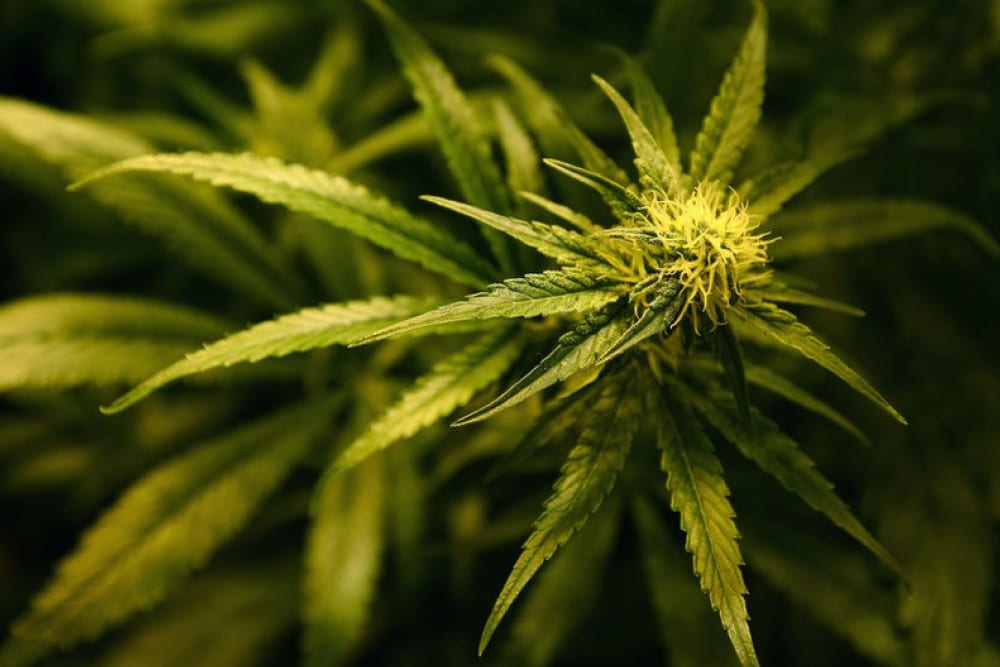
Time, Food, and Activity: Lifestyle Influences on Highs
Cannabis doesn’t exist in a vacuum — your lifestyle and habits determine why one strain can work differently in two people even when they consume the same dose. For example, taking cannabis on an empty stomach can amplify the effects. Eating before use smooths the onset and softens the peak.
Time of day also changes perception. Morning highs may feel more energetic, while evening use can feel sedative. However, this can vary by strain type and individual response. Sativa might stimulate one person and leave another feeling drained.
Physical activity before or after use impacts blood flow and body chemistry. Exercise can speed up cannabinoid absorption, making effects more noticeable. On the contrary, fatigue can dull the reaction.
Key points:
- Food intake alters the speed and strength of cannabis effects.
- Time of day shifts perception and intensity.
- Physical state influences how the body responds to cannabinoids.
- Best Sativa Strains for Creativity 2025
- The Best Hybrid Weed Strains in 2025
- Permanent Marker Weed Strain
Gender and Age: Biological Differences in Cannabis Response
Biological sex and age are two under-discussed factors that explain why one strain can work differently in two people. Women, for instance, experience hormonal fluctuations that affect cannabinoid sensitivity — especially during the menstrual cycle. Estrogen can amplify or dampen THC’s effects.
Age also plays a role. Younger people often metabolize cannabinoids faster, which can lead to more intense, short-lived experiences. Older users may feel slower onsets but longer-lasting results. Plus, age-related medication use can influence how cannabis is processed.
Body composition — including hydration and fat distribution — affects cannabinoid storage and release, meaning even body type can shift how a strain feels.
Key points:
- Hormonal shifts in women influence cannabis sensitivity.
- Age affects duration and metabolism of cannabinoids.
- Individual body chemistry changes how effects unfold.
Personality and Expectations: The Mental Framework of the High
Personality type and internal expectations are essential for understanding why one strain can work differently in two people. Someone open to new experiences may feel euphoric and inspired, while a more anxious or introverted person may become overwhelmed by the same strain.
People prone to anxiety are more likely to have uncomfortable experiences. Those who overanalyze may become too aware of bodily sensations, creating paranoia or discomfort. In contrast, relaxed or creative users may enjoy the heightened mental state.
Past experiences also shape the present. Someone who had a bad reaction before may feel nervous and preconditioned to expect it again, even with a gentle strain.
Key points:
- Mindset and personal psychology deeply influence the high.
- Previous negative experiences can shape current reactions.
- Personal expectations often create self-fulfilling outcomes.
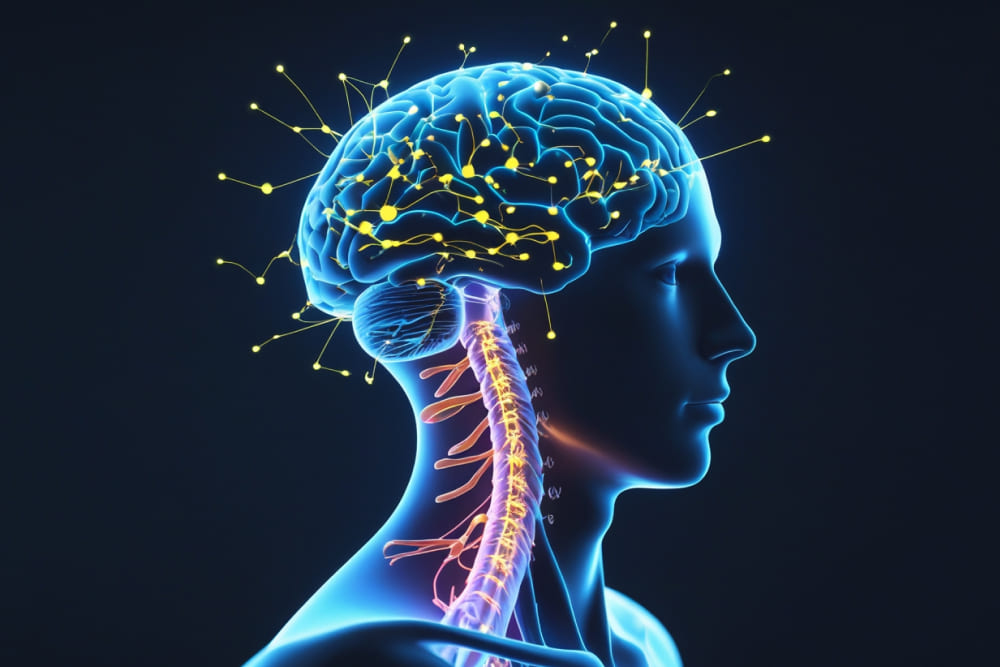
FAQ: Why One Strain Can Work Differently in Two People
OPEN
How can genetics affect the way a cannabis strain works?
Genetic differences between individuals influence how cannabinoids interact with the body. Some people have more active CB1 and CB2 receptors, making them more sensitive to THC or CBD. Enzyme variations in the liver also affect how quickly cannabis compounds are metabolized, which can dramatically change the effects of the same strain.
Why does cannabis feel stronger for beginners than for experienced users?
New users haven’t built up a tolerance to cannabinoids, so their receptors are more responsive. Regular consumers often require higher doses to achieve the same effects. This is one reason why one strain can work differently in two people, depending on their usage history and frequency.
Can mood and environment change how a strain feels?
Yes, absolutely. Psychological state and surroundings play a major role in shaping the cannabis experience. Someone using cannabis while stressed or anxious may feel overwhelmed, while another person in a calm setting may feel relaxed and euphoric. This is part of the reason why one strain can work differently in two people.
Do terpenes make a difference in how a strain works?
Terpenes influence the effects of cannabis by interacting with cannabinoids and the nervous system. For example, limonene can uplift mood, while myrcene may cause sedation. People react differently to terpenes, adding another layer to why one strain can work differently in two people even with similar THC levels.
How does food or time of day affect cannabis effects?
Cannabis on an empty stomach usually leads to a quicker and more intense effect, while consuming after a meal can delay and soften the high. Morning and evening sessions may also feel different depending on body chemistry and mental readiness. These subtle lifestyle factors help explain why one strain can work differently in two people.














